This is the fourth in a series of tests on the Sony 100-400 f/4.5-5.6 GM zoom. The series starts here.
The tests that compare two lenses visually have proven to be popular. While not as definitive as my quantitative testing, they do give an overall impression, and are easier to interpret for many because they don’t require an understanding of what the numbers mean. Today I’m going to test the Sony 100-400 mm f/4.5-5.6 GM OSS on the Sony a7RII against the Nikon 80-400 mm f/4.5-5.6 G ED on a Nikon D810. I tried to do this test yesterday, but the Arca Swiss P0 Hybrid head I was using moved between the shots, and when I went back to repeat the test, there was heat shimmer in the atmosphere. For today’s testing, I switched to a C1 Cube. Turns out that I couldn’t wrestle the lenses off and onto the tripod with that head, either. The 100 mm pictures are good enough to show you here, although they’re far from perfect. I’ll think about whether the 200 mm and 400 mm images are useful, and if I think they are, I’ll post them later.
ISO set to 640 to keep the shutter speed up. Shutter set to EFCS for both cameras. Manual focusing in both cases. Four shots at each setting and I picked the best one. 5-second self-timer for the a7RII, and Mup + 3 sec shutter delay for the D810. Arca-Swiss C1 Cube on RRS sticks. The focus was in the center of the image, and all images were refocused at each aperture. I developed all the images in Lightroom with default settings, except for Exposure to roughly equalize brightness and white balance set to Cloudy. The distance from the camera to the trees in the center of the image was a bit over 100 meters as measured with a Nikon rangefinder.

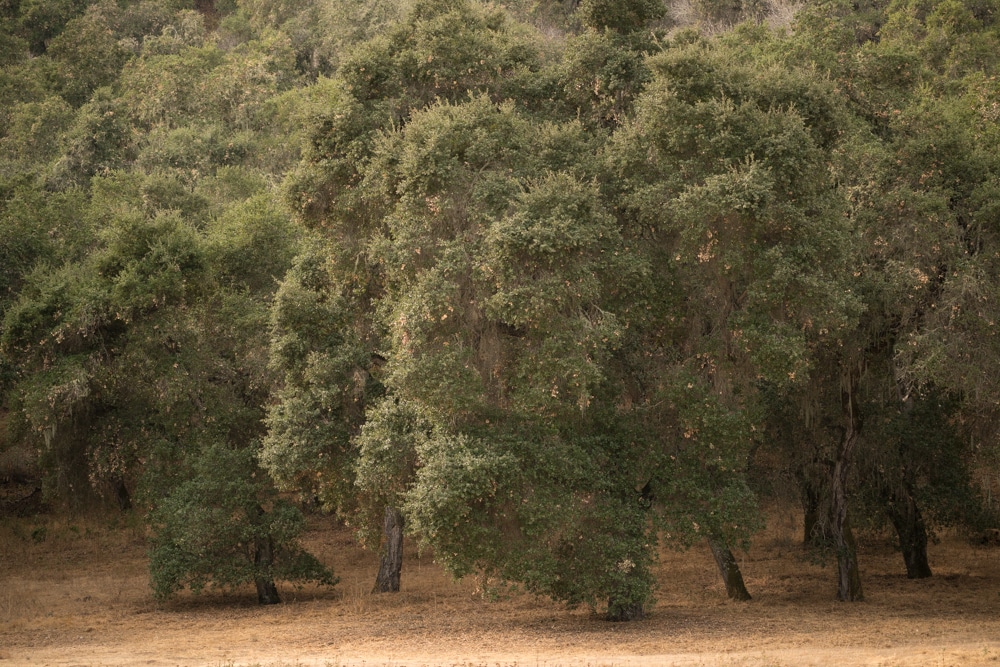
You can see the head moved between the exposures. You can also see that Lightroom interprets color quite a bit differently with the two cameras. There is less contrast in the Sony image and it is substantially yellower.
I exported tight crops from the developed images as 700-pixel-tall JPEGs. That means that the images are all heavily upsampled. The Nikon images are 320% of their original size in both dimensions. The a7RII images are at 295%. The different ratios are necessary to compensate for the variations in the height of the sensors when measured in pixels.
If you just want a rough idea of the differences, just look at the images as displayed in-line in the posts. However, if you wish to compare these images in detail, you should view these images by clicking on them to see the source files, then setting your browser for 100% zooming. Even better, download them and make Photoshop stacks.
No matter what you do, these crops are all going to look horrible. I’m blowing them up so much so that they will represent the original file after JPEG’s discrete cosine transform has had its way with them. If you want to get a good idea of what the images would look like printed, get far away from your monitor. No, farther than that. Put a bunch of the images up on the screen and back up until the best one starts to look good. Then look at the others. There’s another reason why these images won’t look like the best thing the camera/lens combination can deliver. They’re demosaiced with Lightroom. Lightroom is not awful, but for a particular image, there are usually better raw processors. I use Lr because it’s a de facto standard, because I know it well, and because it’s got good tools for dealing with groups of images.
In the approximate center of both images.
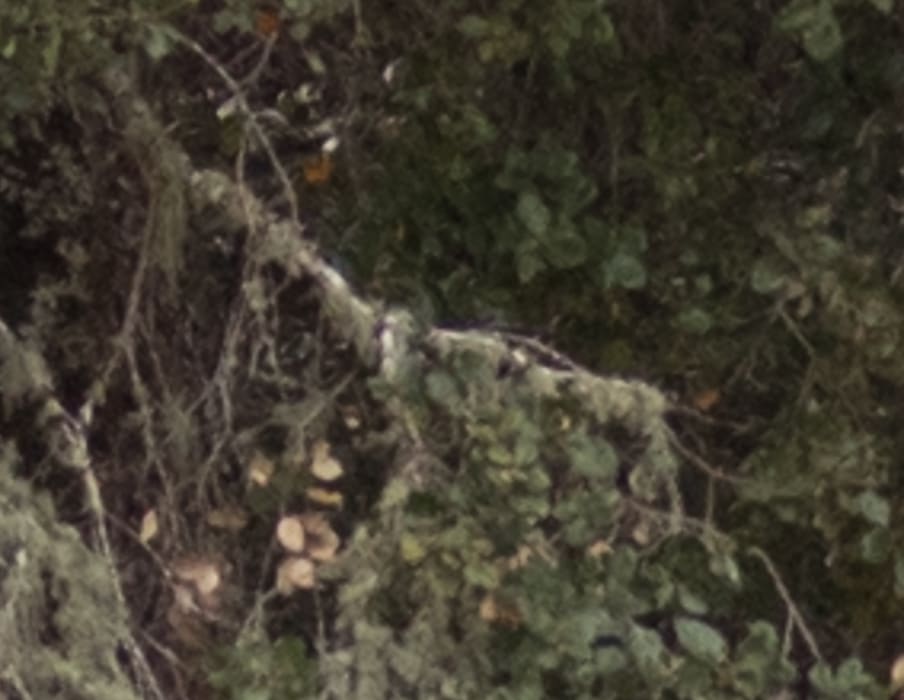

The sharpness differences you’re seeing are mostly attributable to the lower resolution of the D810.
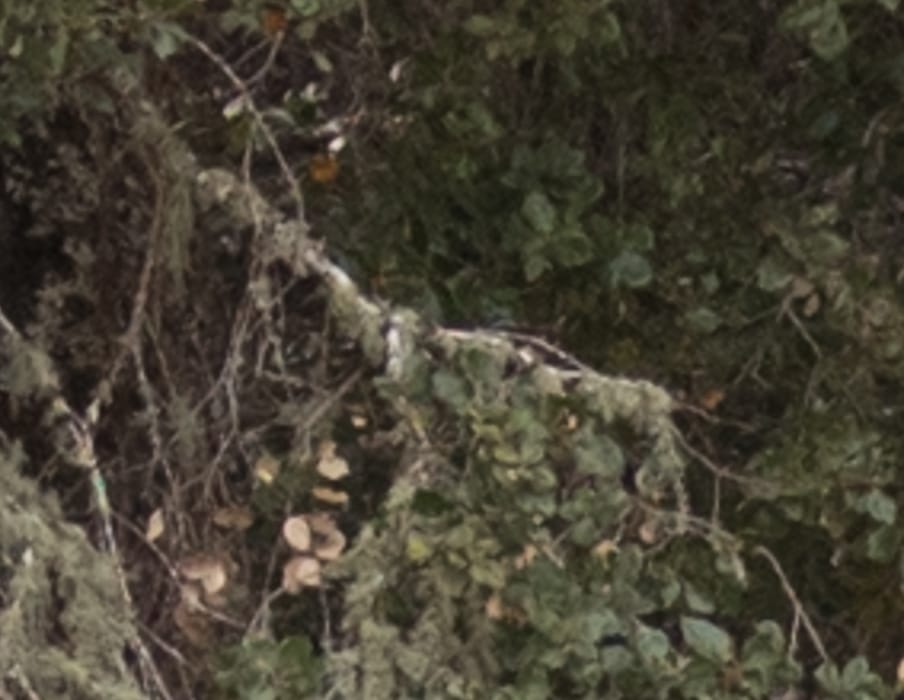
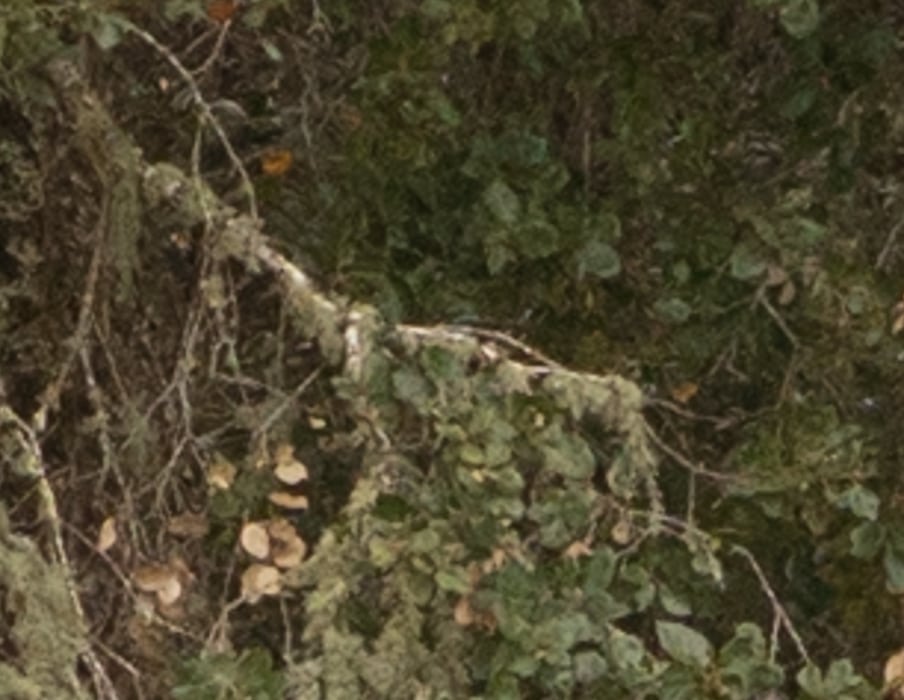
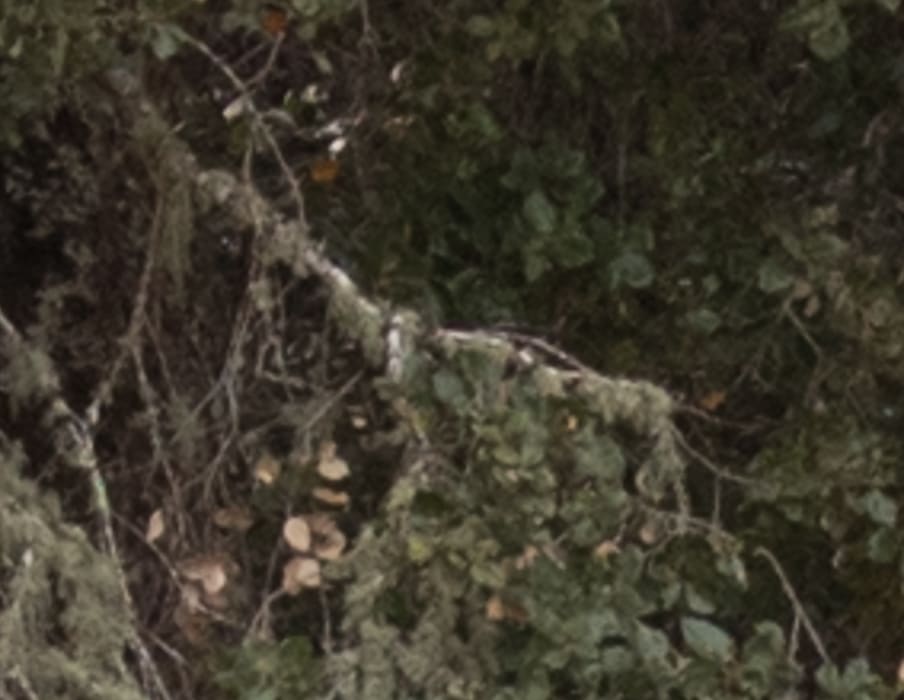
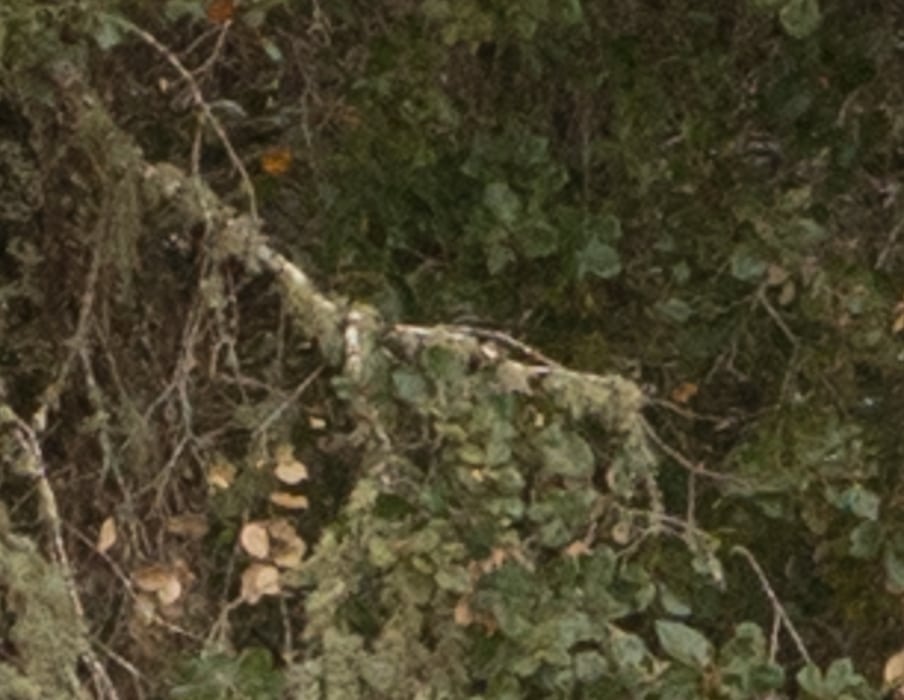
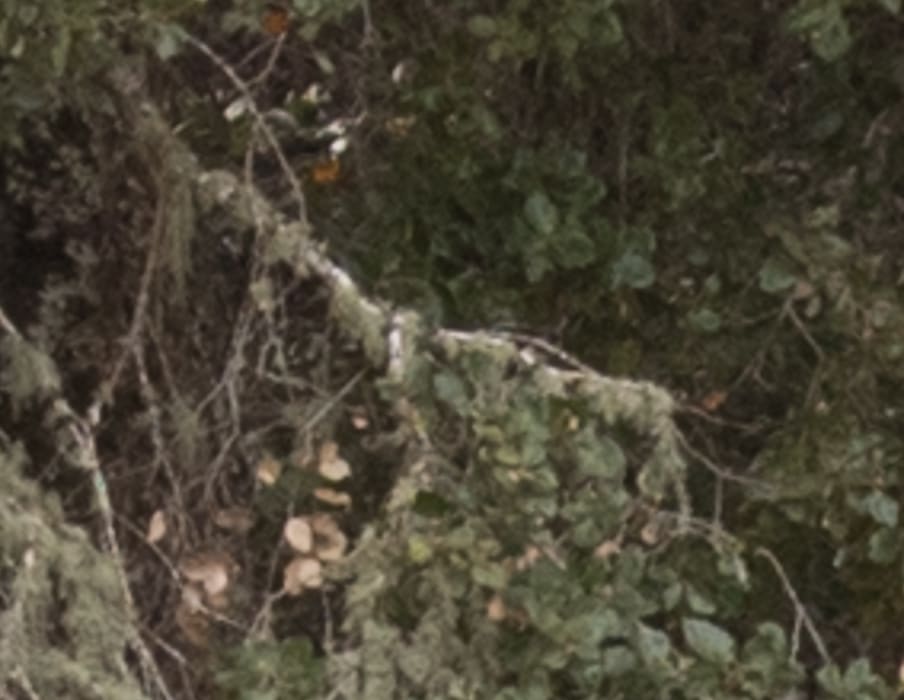
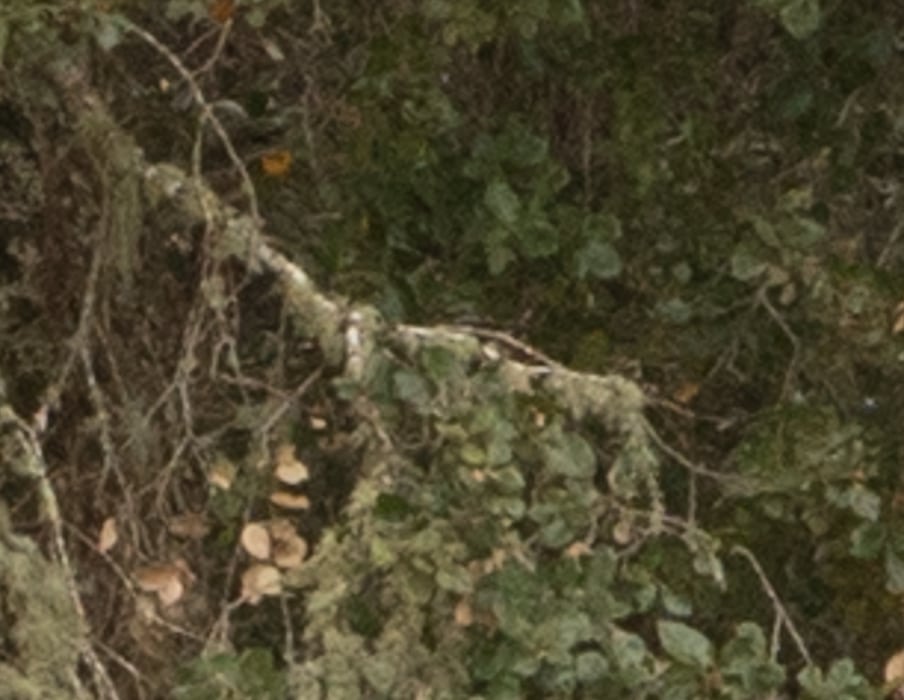
Well, we didn’t learn much from that, other than both lenses are very sharp on-axis.
What about a corner? Because of the camera motion between the two sets of shots, I couldn’t get crops that had the same subject area and the same distance off-axis. I settled for about the same distance off-axis and picked similar foliage.

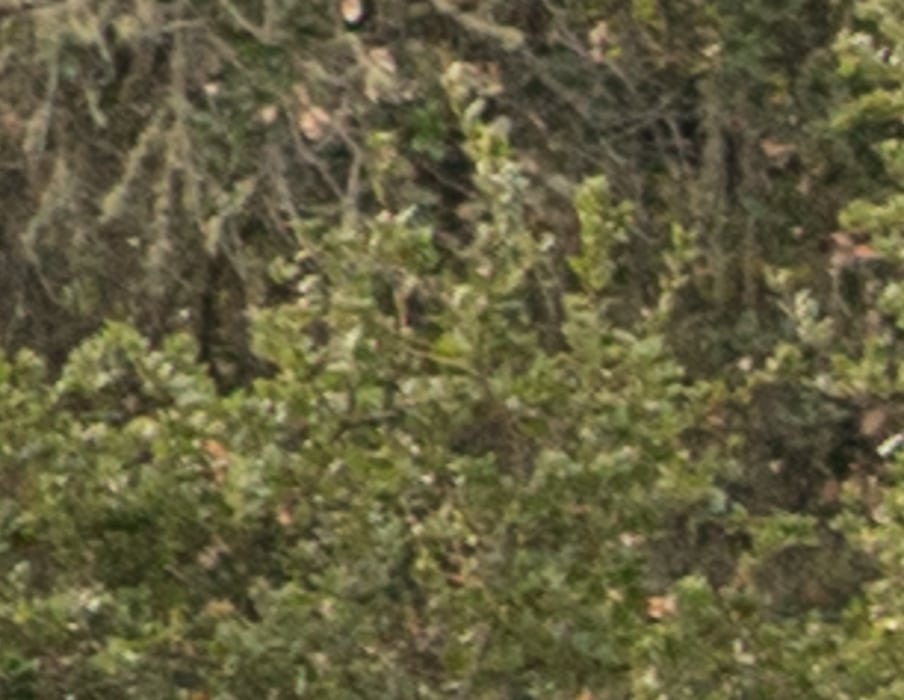
Now we see a significant difference, with the Sony having a distinct advantage.
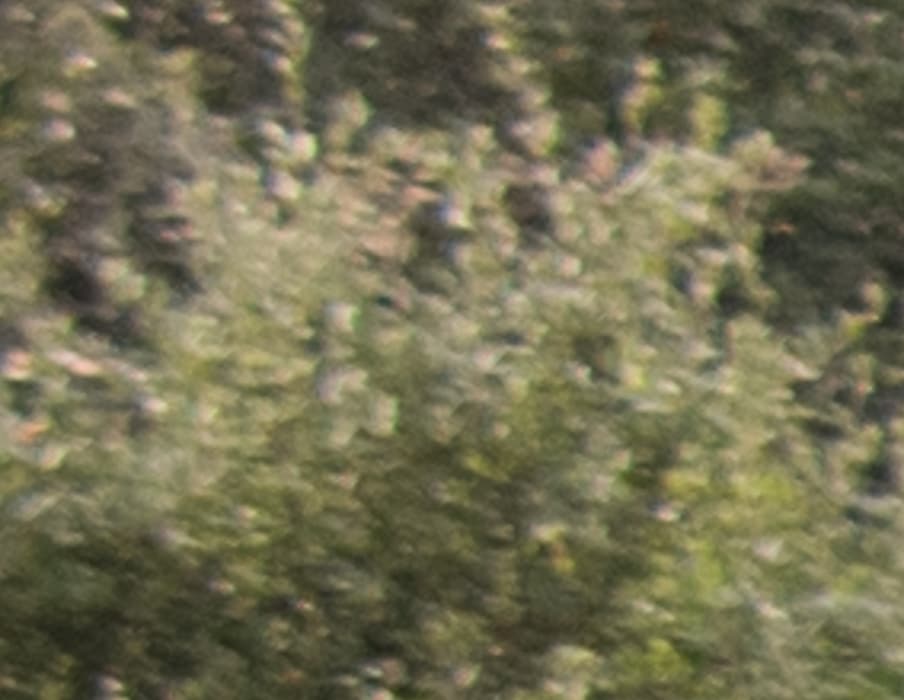
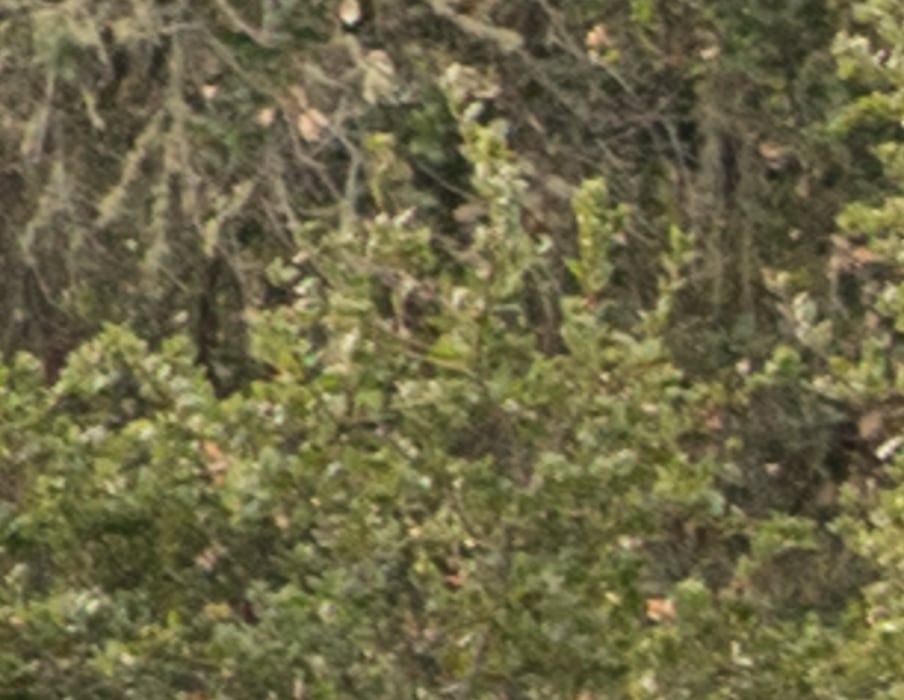
And no, that’s not a mistake; the Nikon does not improve from f/4.5 to f/5.6, and looks like it is getting worse, although some of that may have to do with the exposure. The other exposures in the series showed similar effects. Note the LaCA in the Nikon image.
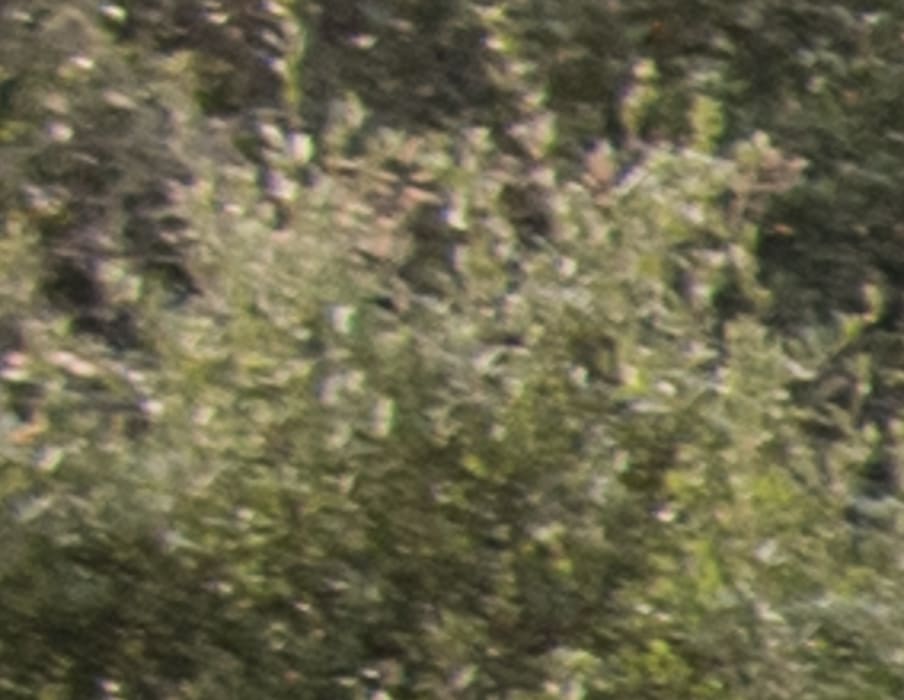

The Nikon image, in addition to being softer, has some pronounced LaCA. Of course, that’s usually pretty easy to get rid of in postproduction.
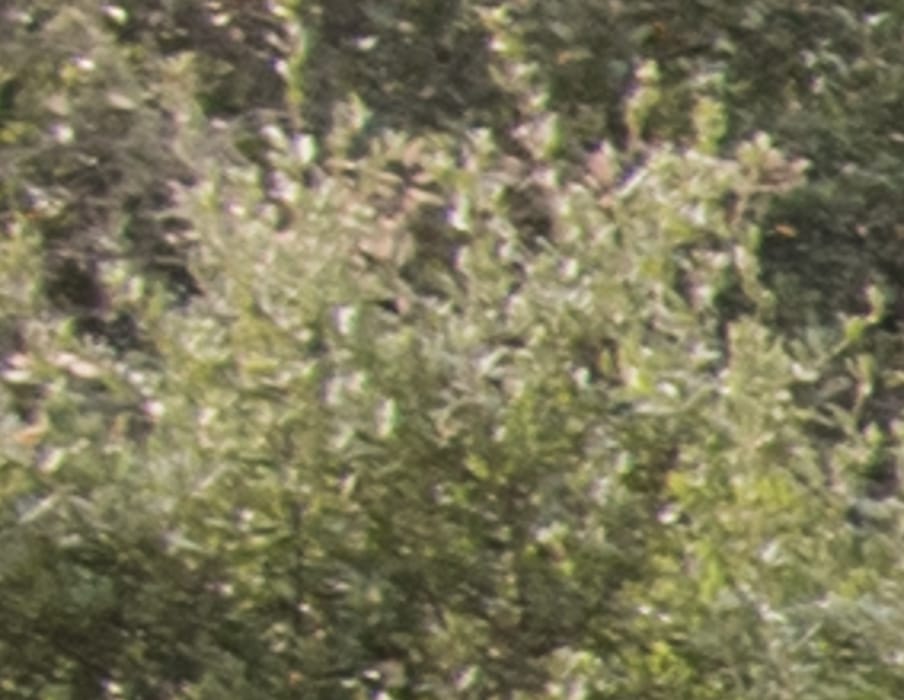

The Sony is better at all apertures, except maybe f/11.
Jim,
You have an Imatest set up. Not much can be discerned from these comparisons – aka – this leaf looks sharper than that leaf.
And especially with low quality lenses like these two. Much better to shoot at 20yrds or even less even when looking at tele photos .
And PS why not make it more apples to apples 810 v A7r and/or D850 vs A7rii ?
And use base isos – how they handle higher isos just opens up another can of worms and more variables.
Please conduct a set of tests to your high standards and post links to them. Many people find my visual tests more useful than charts and graphs. Many do not. That’s why I do both. I no longer have an a7R, and do not yet have a D850.
It occurs to me that, even if I’d kept the a7R, I couldn’t use it for a test of a lens like this because it lacks EFCS.
Once I was done with my A7r v D810 tests I swore off Sony forever.
Yep – A7r got me a whole $1000 back when I sold it.
Thank you, Jim. As usual, interesting tests done with no bias.
Well, I’m glad somebody likes it.
Hi Jim,
I like those tests, too. I would agree that measurement data is easier to interpret, but your leaf tests show what the images look like.
This comparison is particularly interesting for me, as a long zoom used to be on the top of my shopping list. I have eyed the Canon 100-400 zoom mostly, but the Sony version may be the choice taking AF performance in consideration.
The lens that is on top of my wishlist right now is the Apo Lanthar 65 mm you tested a few weeks ago, and that lens moved to my wishlist due to your test.
🙂